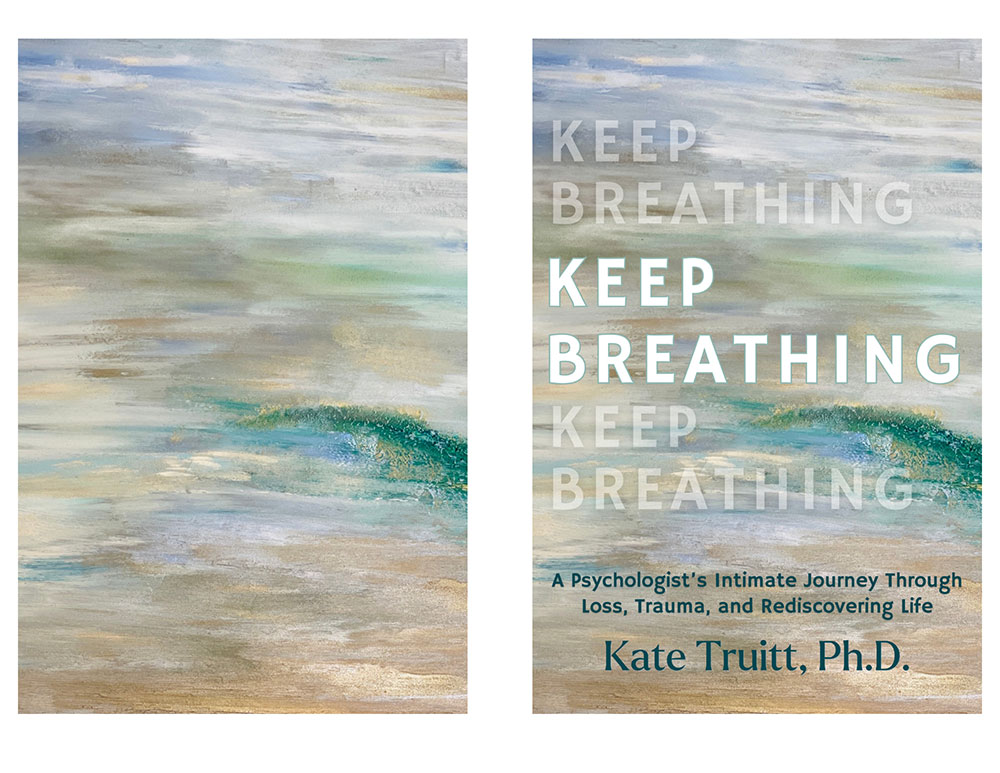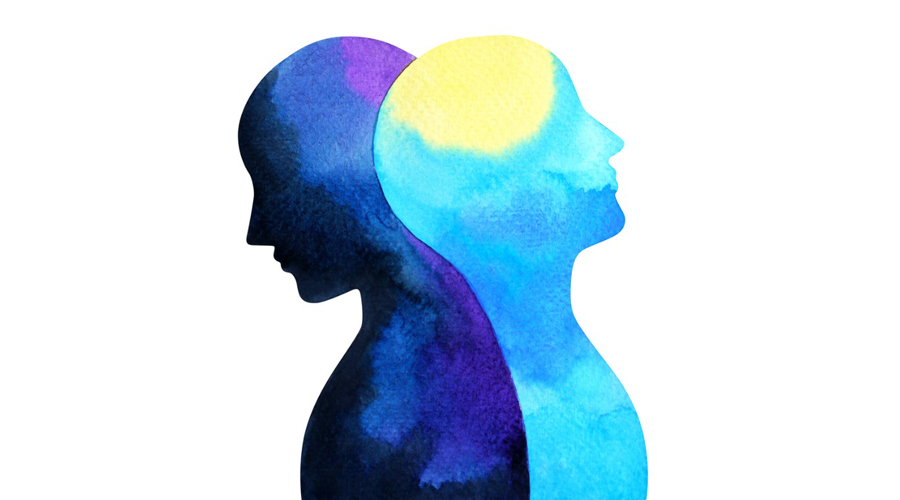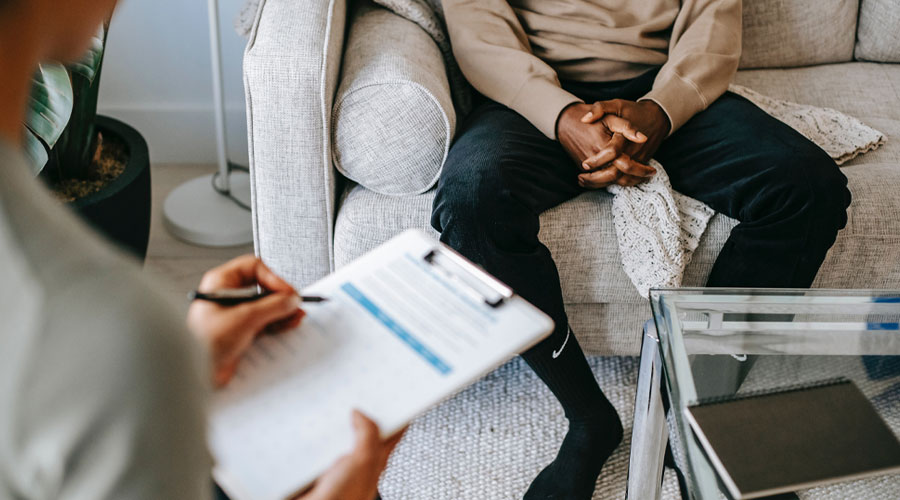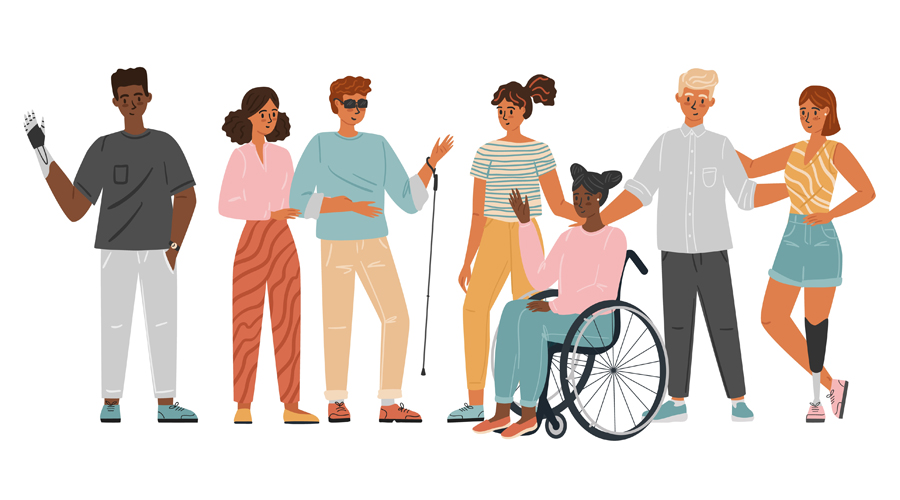The Role of Art in Building Resilience and Coping Skills
By Dr. Kate Truitt
As mental health professionals, we’re continually seeking effective tools and methodologies to help our clients in navigating the complexities of stress and emotional challenges. The integration of art as a therapeutic tool offers a unique avenue for enhancing resilience and coping skills. Additionally, the incorporation of the Healing in Your Hands with Self-Havening Toolkit presents an innovative adjunct to traditional art therapy. Let’s explore this synergistic approach, offering insights into how these methods can bolster our therapeutic toolkit.
Understanding Resilience and Coping Skills: Building Emotional Strength
Resilience, in the context of mental health, refers to the ability to recover from stress, adapt to change, and bounce back from adversity. It is a dynamic and evolving process that can be nurtured and strengthened over time. Coping skills, on the other hand, encompass the strategies and techniques individuals use to manage and overcome stressors in their lives.
In our role as facilitators, we play a pivotal part in helping clients develop and enhance their resilience and coping skills. By providing guidance, support, and evidence-based interventions, we empower individuals to build emotional strength and thrive in the face of life’s challenges.
Now let’s explore the transformative power of art as a medium for emotional expression and its relevance in our therapeutic work.
Art as a Medium for Emotional Expression: A Powerful Therapeutic Tool
Art therapy has long been recognized as a powerful tool for emotional expression and processing in the field of mental health. Through various creative mediums such as painting, drawing, sculpture, music, dance, and writing, art therapy provides clients with a non-verbal means to express complex emotions that may be difficult to articulate through words alone.
This modality of therapy breaks barriers in communication, offering an alternate path for individuals who struggle with traditional expressive methods. Oftentimes, clients may find it challenging to verbally express or conceptualize their emotions or experiences, either due to trauma, language barriers, developmental factors, or other reasons. Art therapy offers an inclusive and accessible avenue for them to engage with their emotions and experiences, transcending the limitations of traditional talk therapy.
Through art, clients can access and explore the often subconscious or hidden layers of their emotions. They can delve into their inner world, unraveling their thoughts, feelings, and memories. The act of creating art becomes a transformative process, providing a safe and non-judgmental space for clients to experiment, express, and make meaning of their experiences.
Even as a clinical psychologist and neuroscientist, I find solace and healing in the transformative power of art. Fourteen years ago, I completed and then posted a photo of the first painting I was able to create after the passing of my fiancé John. I called the painting Possibilities. That painting is now the cover image of my new book, Keep Breathing: A Psychologist’s Intimate Journey Through Loss, Trauma, and Rediscovering Life. Part memoir and part scientific exploration, within its pages is my journey on navigating the loss of me beloved fiancé, overcoming adverse childhood experiences, post-traumatic grief and rediscovering myself.

Combining Art and the Healing In Your Hands with Self-Havening Tools
Combining art and Healing In Your Hands in a personal resilience plan offers a holistic approach to emotional well-being. The Healing in Your Hands tools are a set of innovative psychosensory techniques that skillfully blend the power of neuroplasticity and cognitive paradigms with the mechanism of the Self-Havening Touch. These tools empower you to partner with your brain in order to heal difficulties of the past, engage mindfully in your present, all the while harnessing your brain’s natural ability for growth and expansion so you may sculpt the brain you want for your future.
If you’re curious to understand how Havening Touch works, I encourage you to watch this short YouTube video An Introduction to the Havening Touch where I explain its effects on the brain. This short video will equip you with insights into the Havening Touch and its ability to shift your brain functioning in a positive way.
You can share this Havening Meditation to Heal Pain and Build Resilience with your clients to help them navigate emotional and physical pain, allowing them to reshape their experiences into new and healthy coping mechanisms, promoting greater resilience.
When we bring the Havening Techniques into the mix, we tap into a whole new level of therapeutic potential. By activating specific sensory receptors in the skin, these techniques help to desensitize traumatic memories and reduce the emotional intensity associated with them. As these sensory receptors are stimulated, the brain’s encoding of traumatic memories can be disrupted, leading to a reduction in their emotional impact.
Developing a Personal Resilience Plan with Art and Havening
As our clients begin to incorporate the Healing In Your Hands Tools into their artistic practices, we can guide them in exploring how they can integrate these techniques. For example, they can incorporate the self-havening touch throughout their creative process or designate specific moments during or after their artistic expression for Self-Havening to promote emotional regulation and stress reduction. Encourage them to experiment and find the approach that resonates best with their needs.
Furthermore, we can encourage our clients to develop a regular self-care routine that incorporates their art and the Healing in Your Hands practices. Encourage them to create dedicated time and space for their chosen artistic activities, allowing them to fully immerse themselves in the process. By incorporating tools such as CPR for the Amygdala, the Sigh Breath with Self-Havening Practice, and the Creating Possibilities Protocol, into these dedicated self-care moments, they can enhance the benefits and create a sense of calm and safety.
By empowering our clients to develop a Resilient Brain Care Program that embraces both art and Havening, we equip them with a powerful toolkit for ongoing self-care. This integration allows them to tap into their creativity, express themselves, and regulate their emotions in a way that is unique to them. Inspire them to take control of their own well-being, experiment with different artistic mediums, and explore the transformative potential of art and Havening.

Conclusion
By engaging in art therapy, clients can tap into their inherent creativity and imagination, unlocking new perspectives and insights. The process of creating art can be cathartic, allowing clients to release emotional tension, validate their experiences, and gain a sense of agency and control over their emotions. Through the art-making process, clients may discover new ways of understanding and processing their emotions, leading to personal growth and increased resilience.
As mental health professionals, we have a unique opportunity to inspire and empower our clients to develop personal resilience plans that incorporate both art and Havening. By tailoring these practices to their individual needs and preferences, we can foster a sense of autonomy and promote ongoing self-care.
When combined, art therapy and the Havening Techniques create a powerful synergy. Art therapy provides a tangible and creative medium through which clients can connect with their experiences, while the Havening Techniques offer a structured approach to regulating emotions and reducing the impact of traumatic memories.
Upcoming Healing In Your Hands with Self-Havening Live Online Program

Join Dr. Kate Truitt, a globally-recognized clinical psychologist , applied neuroscientist, Co-Developer of the Havening Techniques and Creator of the Healing in Your Hands with Self-Havening Programs for an exclusive Live Virtual Workshop on January 12th, 2024. Harness the synergistic powers of neuroscience, the Self-Havening Touch, and neuroplasticity to reshape your emotional landscape and cognitive frameworks. Learn how to navigate life’s challenges with a growth mindset, fostering a balanced emotional and mental state. Take control of your well-being and become the architect of your own resilience. Unlock the transformative potential of self-healing today with Dr. Kate Truitt’s NeuroTriad Model. Register today!
Additional Resources for the Healing in Your Hands and Havening Techniques Programs
If you are interested in learning more about trauma-informed care, how to empower your life with Healing in Your Hands, or the Havening Techniques, please visit the following resources:
- Psychoeducational resources from our YouTube channel [https://www.youtube.com/channel/UChijPorSvDq4gio4Su1uu7Q]: We upload weekly videos on mental health, psychology, and therapy, including psychoeducational videos and guided meditations.
- Trauma Counseling Center Los Angeles [https://traumacounseling.com/trauma-therapy-treatment-center-los-angeles/]: A directory of therapists and mental healthcare professionals specializing in trauma counseling and certified havening practitioners to help you recover from difficult experiences.
- Healing in Your Hands by Dr. Kate Truitt [https://www.amazon.com/Healing-Your-Hands-Self-Havening-Neuroplasticity/dp/168373548X]: The first book of its kind to integrate the neuroscience of trauma with cutting-edge research on self-havening.
To help you learn more about this topic, here are all of the resources I mentioned in this post:















